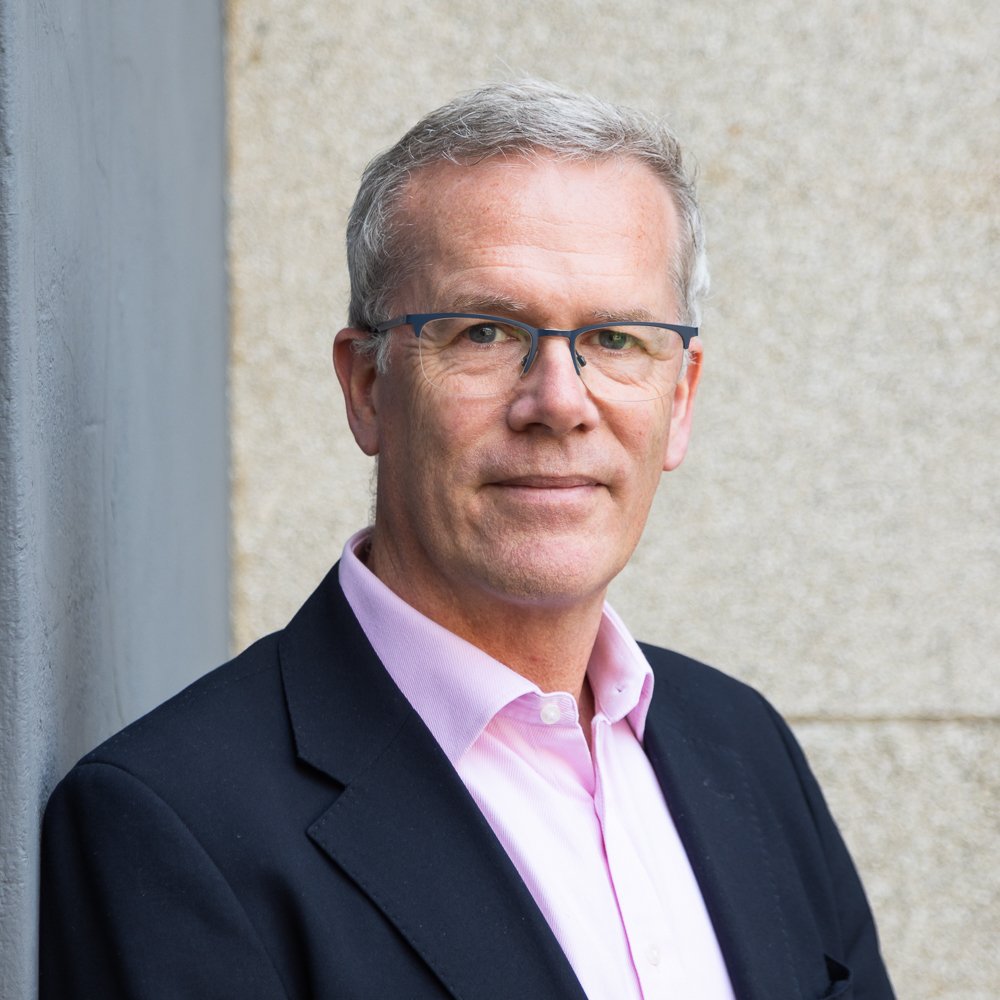The two ESG trends that will most affect communicators in 2024
By Matt Peacock, Senior Partner
Guiding an organisation through the reputational minefield is never easy. I think this will be a particularly difficult year for organisational leadership teams.
There is much to worry about. Chronic institutional decline. The ascent of extremist politics from margins to mainstream. Increasingly frequent and damaging weather extremes. Rapid evolution of disruptive technologies with unpredictable long-term effects. A restive public struggling to pay the bills. A new generation entering adulthood with little optimism about the world that awaits them and unsure who to believe beyond their personal networks.
Of all of these, two emerging trends seem to me to be the most salient over the next 12 months.
Rain and heat will be the new cost of living crisis
There was a time, not that long ago, when ‘climate risk impact’ was mere corporate sustainability lingo bingo. It was theoretical and distant, in time and in place. Not now. Last year, every major insurer retreated from the home insurance market in Florida and California. Zurich UK now estimate that groundwater flooding from extreme rainfall now threatens 42% of London’s commercial buildings including almost 6,000 basement properties that are rated as high risk (most of which – with fabulous irony – happen to be in Westminster). At the other end of the weather spectrum, much of the UK’s badly built and poorly insulated housing stock is perilously exposed to extreme heat. Bedrooms and workplaces that become ovens in summertime can be as harmful to public health and productivity as any pandemic. Public infrastructure designed for a cooler era will fail; roads melt, railway tracks warp and buckle, communications infrastructure overheats as air cooling systems struggle.
In the ESG world, climate action is divided into two aspects; mitigation, and adaptation. The former focuses on reducing emissions and optimising energy consumption. The latter takes it as a given that weather systems will become less stable and seeks to harden homes, premises and supply chains in advance of calamity.
To date, companies’ sustainability strategies have focused almost entirely on mitigation. That’s no longer enough. Severe weather events linked to climate change are becoming tangible and destabilising at the average household level, and in time – for many – will have even more ruinous effects than the cost of living crisis. Your customers, employees, suppliers, investors and other stakeholders will want to know how your organisation will help them – and protect itself – when extreme rain or heat storms sweep in. This is not simply a climate risk compliance obligation (although the new UK Mandatory Climate Disclosure rules for large companies are not trivial; and if you’re struggling with those, please talk to us). The welfare and livelihoods of millions of people are at stake today, not just by mid-century. You will need an authentic and substantive corporate response, and hard evidence of action.
The weaponisation of DEI
It is a reliable axiom of corporate life that you need political relationships on both sides of the aisle. It is hard to put that axiom into effect when a significant proportion of the political audience (and the public who vote them into office) cannot agree on even the most basic precepts.
Nowhere is that more apparent than in attitudes towards the diversity, equity and inclusion (DEI) movement. DEI was born out of the belief that all people deserve opportunity regardless as to origin. It is a noble principle with a long history. However, in recent years DEI has taken on a talismanic status, and for proponents and opponents alike, that severely reduces scope for discussion of the real-world nuances and complexities associated with putting principles into practice.
For the progressive left, DEI is a positive force sufficiently capable of stimulating whole-of-society reinvention, in its own right and without much need for any other form of societal transformation. For the angry white men of the far right, DEI is a negative force that will lead to mass disempowerment, economic exclusion and cultural banishment.
Those perspectives are diametrically opposed, and challenging orthodoxies on either side can be risky. Every organisation is no more than one single social media post away from a choleric tidal wave.
But there is common ground that should unite even the most ardent of apostles at either end of the DEI belief spectrum. The greatest imbalance within public and corporate life will not be found by assessing metrics on gender, ethnicity, disability or sexuality. Socio-economic status is the biggest factor determining access to opportunity. To be born into a poor household with insecurely employed parents in low-skill roles almost guarantees (with all too rare exceptions) exclusion from advancement.
It is poverty that fuels nativist anger, and acutely so in rustbelt post-industrial areas where the far right thrive. And it is poverty that traps women and minority groups in a multi-generational cycle of outsidership, extinguishing ambition. Yet, remarkably, very few corporate or public institutional DEI strategies recognise this. Socio-economic origin is neither mentioned nor measured. That has to change. DEI will be weaponised in this global year of elections. A pivot to address the burden of poverty and extend access beyond the monied few is the best defence for all who believe in diversity and inclusion. It is also long overdue.
